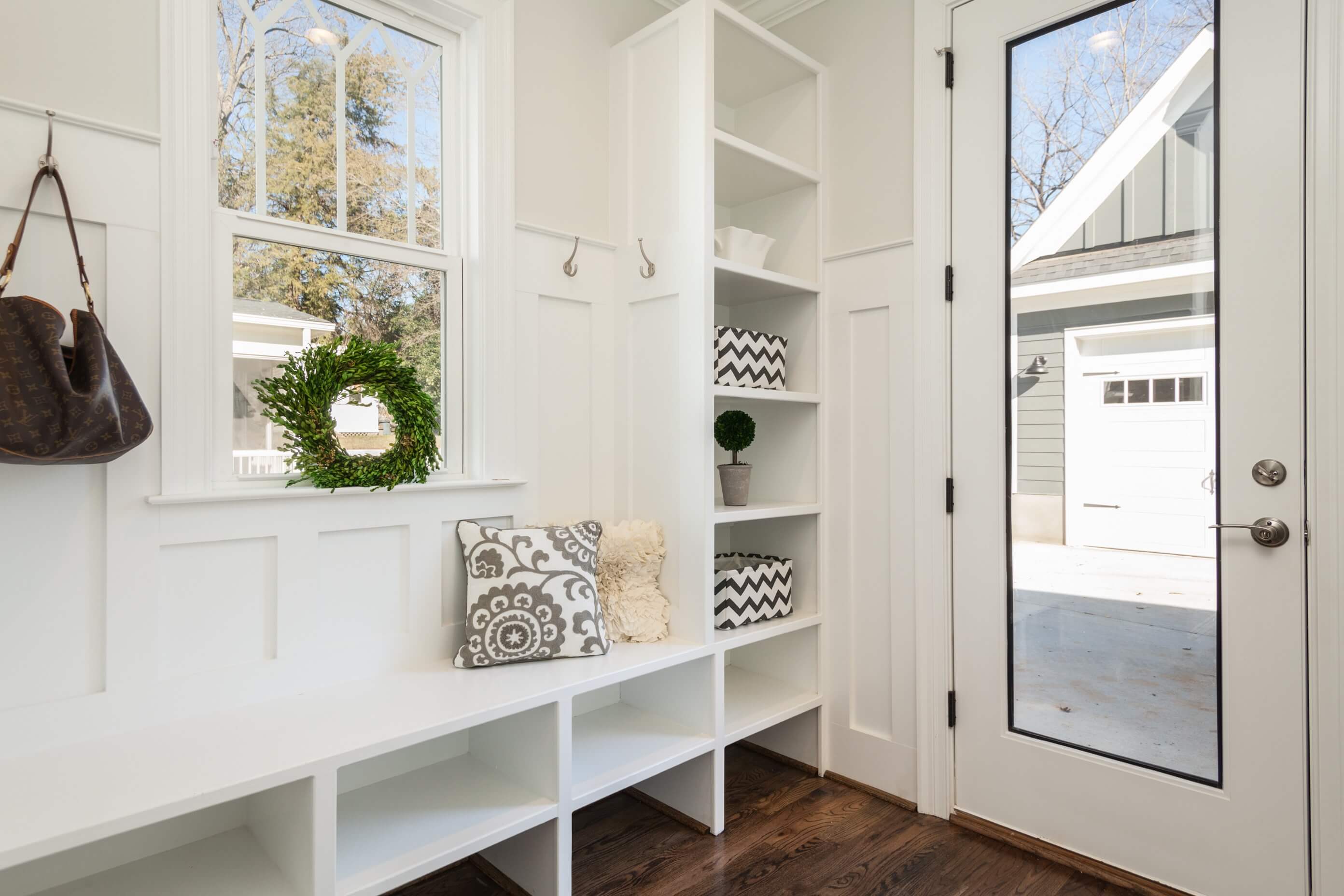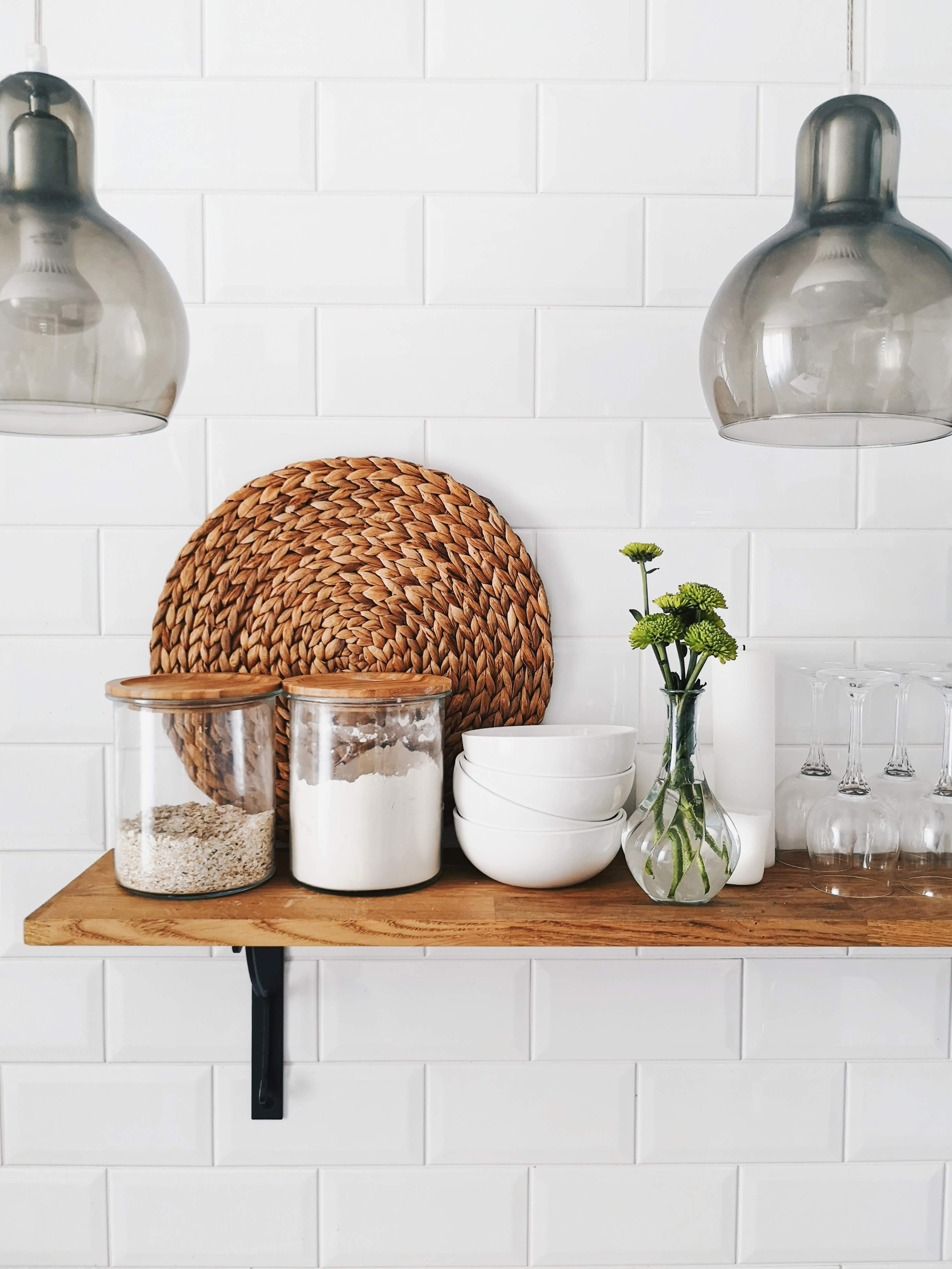Can’t Find the Home You Want? Try…

Can’t Find the Home You Want? Consider Doing These Three Things!
Is the idea of a dream home still achievable? For most buyers, market activity from the past three years has totally changed the idea of finding the perfect home. That doesn’t mean that “settling” is the only strategy for getting a home. If you’re struggling to find the home you want, these three tips can shed some light on how to move forward without feeling like you’re compromising.
Tip #1: Focus on a Perfect Style Instead of a Perfect Home
Decide what you can work with. Many buyers waste time looking at homes they will never be satisfied with because they haven’t defined parameters for what they want to work within a home. Yes, price is a big factor in finding the right home. However, simply shopping among all homes within a certain price range is a recipe for a headache. It’s also one of the surest ways to miss out on homes while you’re bogged down with chasing incompatible listings.
What does focusing on the perfect style look like? Here’s a quick cheat sheet:
- Pick a lifestyle. Start by deciding if you want single-family, condo, or duplex living. While homes that are part of condo or neighborhood associations come with fees, you may feel that the lifestyle of handling mowing and shoveling just isn’t for you. Of course, you may instead be fully committed to living in a traditional single-family property that you can turn into your own personal kingdom.
- Pick an actual style. This can mean a ranch, colonial, craftsman home, raised ranch, cape, or any other style that checks your unique boxes. You know that a style is “yours” when you feel comfortable with how the layout satisfies your needs.
- Make a list of “won’t do” items. This list covers features that you simply will not be willing to work with.
- Pick an era. Decide on the absolute oldest “vintage” you will accept for a home. For some people, only newer builds will do. Others are happy to look at homes that are 100 years old.
Once you’ve narrowed down all of the points above, share the information with your real estate agent. Your agent will work much more efficiently for you when they no longer show you every listing in your price range. That puts you in a position to see listings that meet your needs faster!
Tip #2: Focus on Having “Room to Grow”
Are homes in your price range disappointing you with square footage? There’s another way to start looking at properties. If your finances don’t put you in a position to afford more square footage in the house, start looking at the “growth” potential of the properties that do fit your budget. Ask your agent to start showing you homes with yards with the right configuration for an addition. A little “extra grass” in the back or side of the home can allow you to build out an addition without infringing on the neighbors when the time comes to expand.
This move takes some extra research. Make sure that heavy zoning restrictions or HOA policies don’t burden every home you consider with an addition in mind. Some neighborhoods can make adding on difficult by imposing tight restrictions regarding the size, placement, appearance, and building materials. Others may not allow for alterations that deviate from the original layout.
Tip #3: Consider a New Build
It’s possible that you can’t find the home you want because it doesn’t exist yet. A new construction gives you the opportunity to fully customize your home to meet your desires. You may have completely dismissed the idea of building your own home because you’re assuming that it’s going to cost exponentially more to build than to buy. However, this isn’t always the case.
According to Realtor.com, the median price of constructing a single-family home totaling around 2,594 square feet is $296,652. It works out to about $115 per square foot. Next, take into consideration the fact that the current median home price in the United States is $447,000. That means you could be paying either more than or equal to the amount you’d pay for a fully custom home for a home that doesn’t leave you 100% satisfied.
Of course, a home’s location can play a big role in the affordability of breaking ground. Everything from the cost of raw land to local labor availability can impact how much you’ll pay to have a new home built. However, you may find that the extra cost is more than worth it once you compare what you’d be getting with building versus buying in terms of the features you need to feel like you’ve found “the one” you want to live in for a long time!

